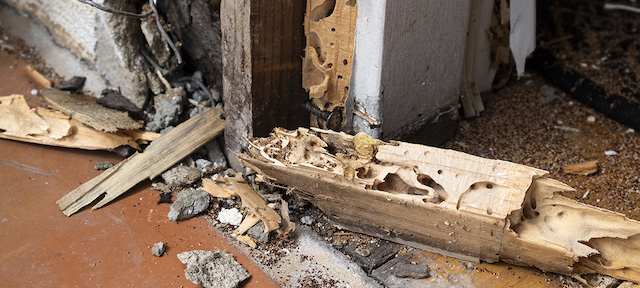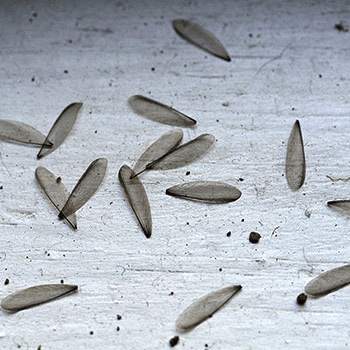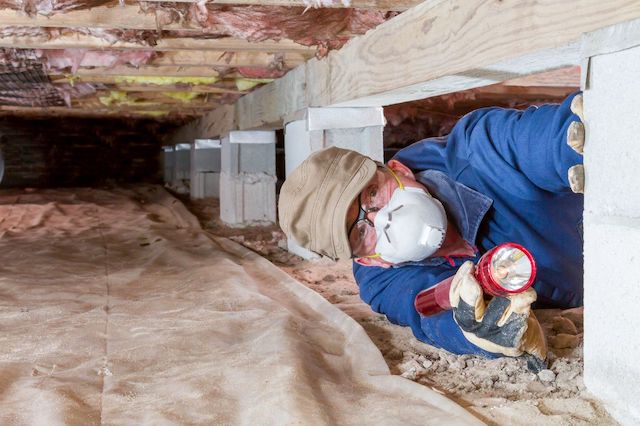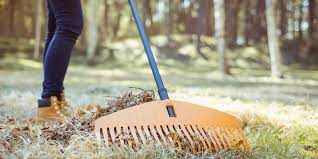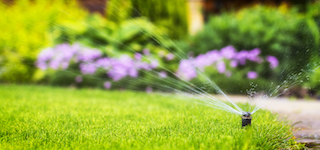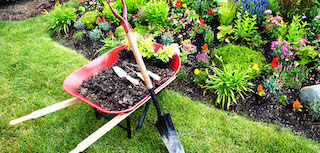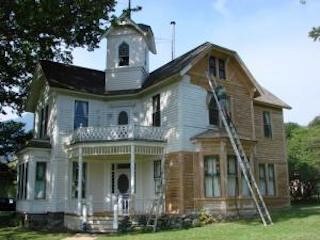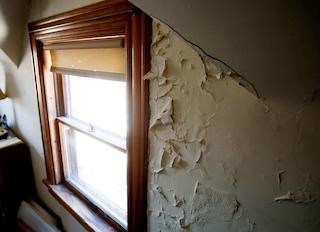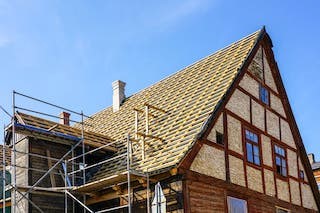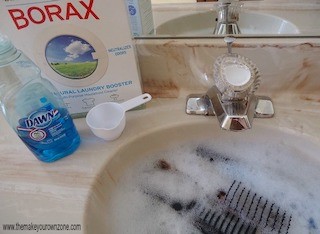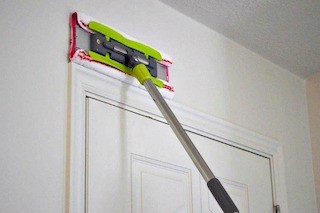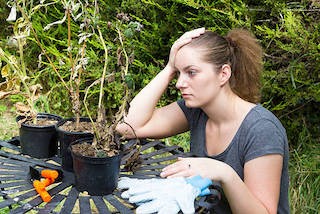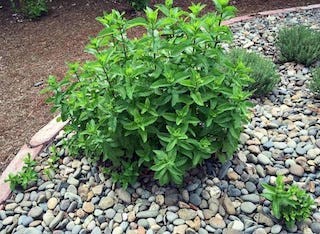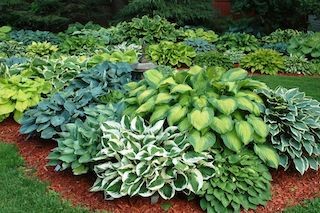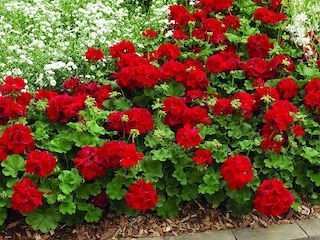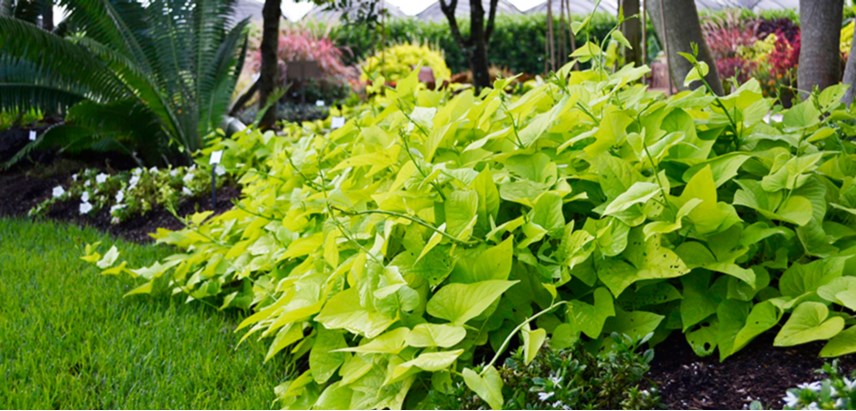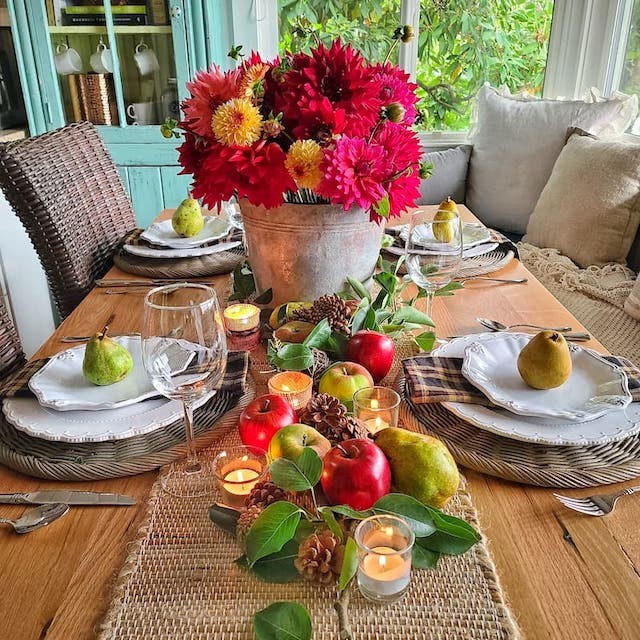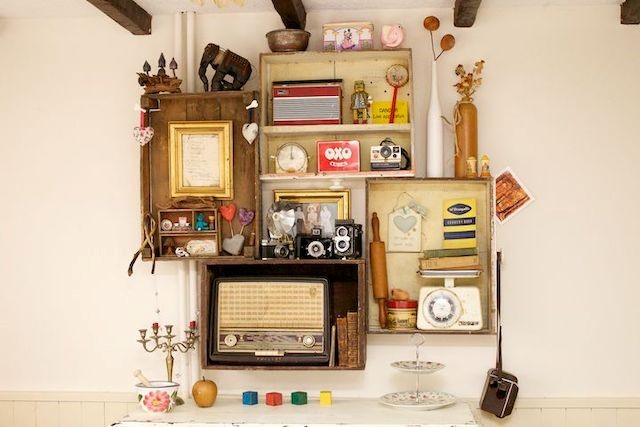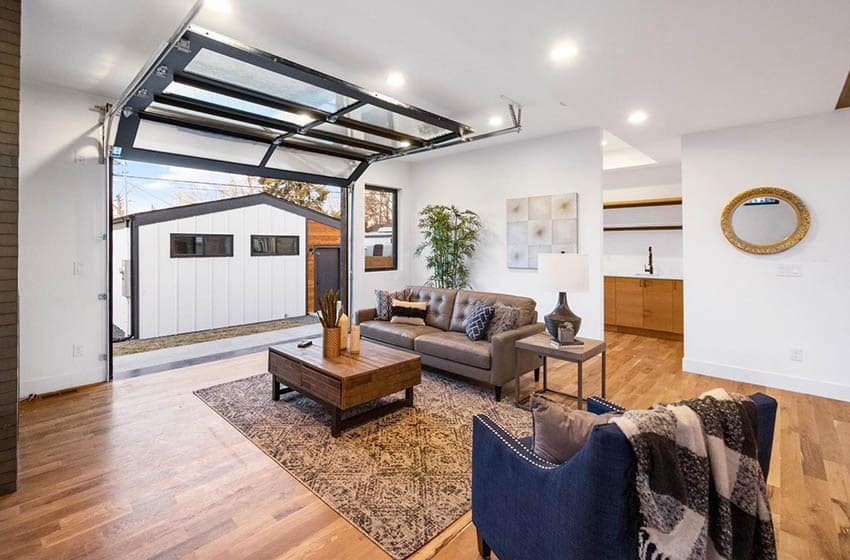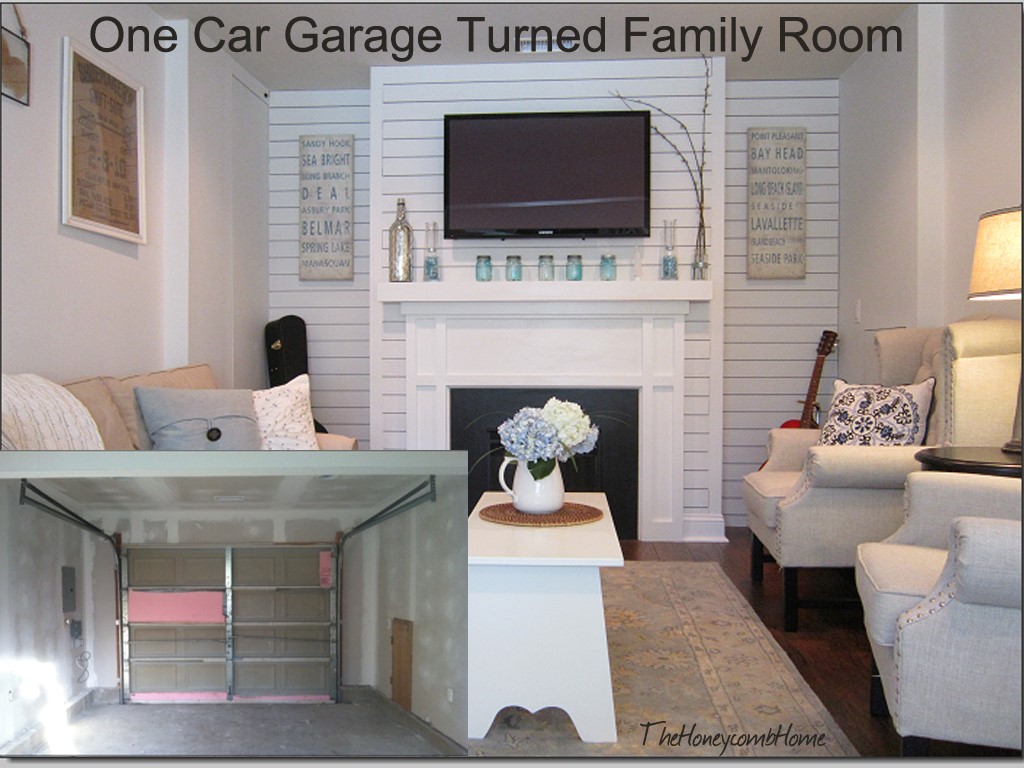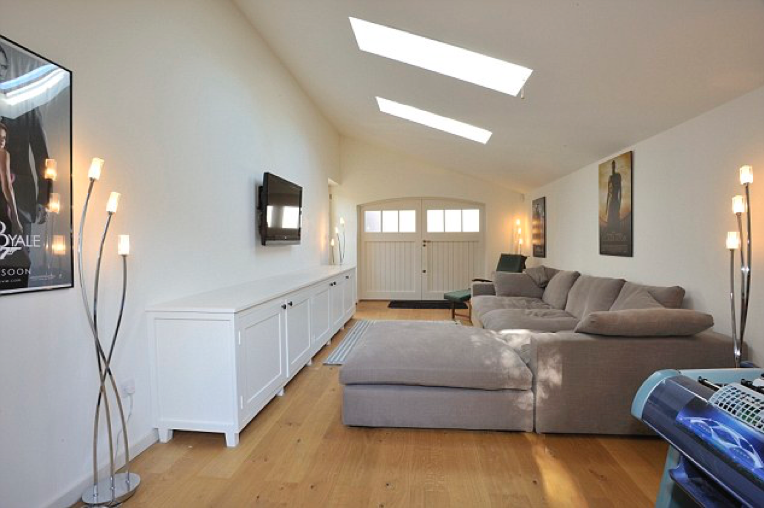Keeping Your Gas Grill Clean
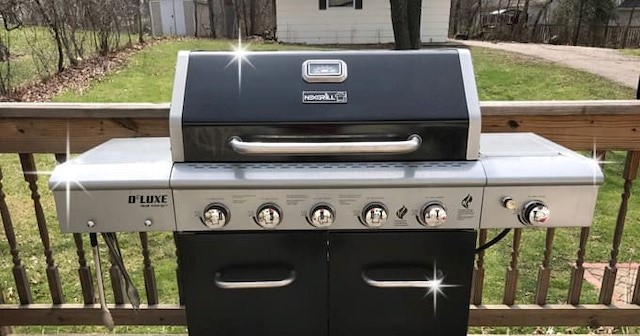
Summer is almost here and for many families, that means it is cookout time! One of the best things about cooking out on the grill is that there are fewer pots and pans to wash than with stovetop cooking. While you don’t have to scrub down your gas grill to shiny perfection after each use, it is important to give it a deep clean every now and then to make sure it runs safely and efficiently. Here’s how!
- Gather your cleaning supplies - You may want to use gloves and you will need a grill brush or some other type of cleaning brush. You will also need old cleaning rags or paper towels, a bristle brush or putty knife, and soap and water.
- Turn off the gas supply – THIS IS VERY IMPORTANT! Make sure the gas supply is turned off or play it extra safe and remove the gas tank from the grill while cleaning it.
- Remove the grill grates - Pull them out so you can give them a thorough cleaning. Scrub them with a grill brush or other coarse brush.
- Clean anything covering the burners - Remove any V-shaped metal heat tents, ceramic briquettes, or lava stones that cover the burners and brush them clean. You will want all the gas grill parts to be spic and span.
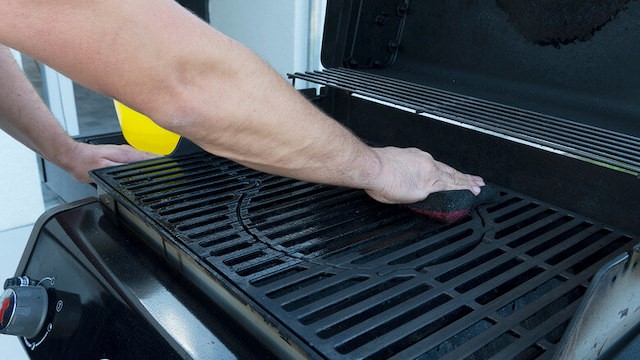
- Clean the burner tubes - Lightly brush the burner tubes and make sure all the gas ports are clean and open.
- Clean the bottom of the grill and the lid - Brush or wipe any debris out of the bottom of the grill. If there is peeling black stuff (usually carbon flakes and grease) on the grill lid or bottom, use a bristle brush or putty knife to scrape it off.
- Clean the grease collection tray - Use soap and water to clean the grease collection tray and replace any disposable pans as needed. Make sure to dispose of grease properly - pour it into an empty can or bottle, wait for it to harden, then throw the whole thing away.
- Wipe down the outside of the grill - With a rag or paper towel, wipe down the outside of the grill and any side trays using soap and water.
- Put the grill back together - Now you’re ready for a cookout!!
Here is a delicious grill recipe for you to enjoy this summer:
Surf ‘n Turf Foil Packs

4 Servings, Prep time: 10 minutes, Total time: 25 minutes
Ingredients:
- ½ lb. sirloin steak, cut into 1” cubes
- ½ lb. shrimp, cleaned and deveined
- 2 ears corn, each cut crosswise into 4 pieces
- 1 cup grape tomatoes
- 1 small red onion, cut into thick slices
- 1 lime, sliced into wedges
- 2 cloves garlic, thinly sliced
- 1 tbsp. Old Bay Seasoning
- 1tbsp. fresh thyme leaves
- 1 tsp. ground cumin
- Freshly ground black pepper
- 1 tbsp. freshly chopped parsley, for garnish
- Lime wedges for garnish
Directions:
- Heat grill to high. Cut 4 sheets of foil about 12 inches long.
- Divide steak, shrimp, corn, tomatoes, onion, lime, and garlic between each foil pack. Drizzle with oil and sprinkle with Old Bay, fresh thyme, cumin, and black pepper.
- Fold each foil pack crosswise over to completely cover the food mixture. Roll top and bottom edges to seal.
- Place foil packs on the grill and cook until shrimp is cooked through and steak is finished to your desired doneness, 6 to 8 minutes per side.
- Garnish with parsley and serve with lime wedges.
Recipe from delish.com

If you are in the market to buy or sell a home (or both), let me Sandra Nickel, and my Hat Team of Professionals assist you with all your real estate needs! Call us today at 334-834-1500 and check out https://www.homesforsaleinmontgomeryalabama.com for more information.
Photo credits: deeatatsunset.com, kingofmaids.com, amandascookin.com, charbroil.com



